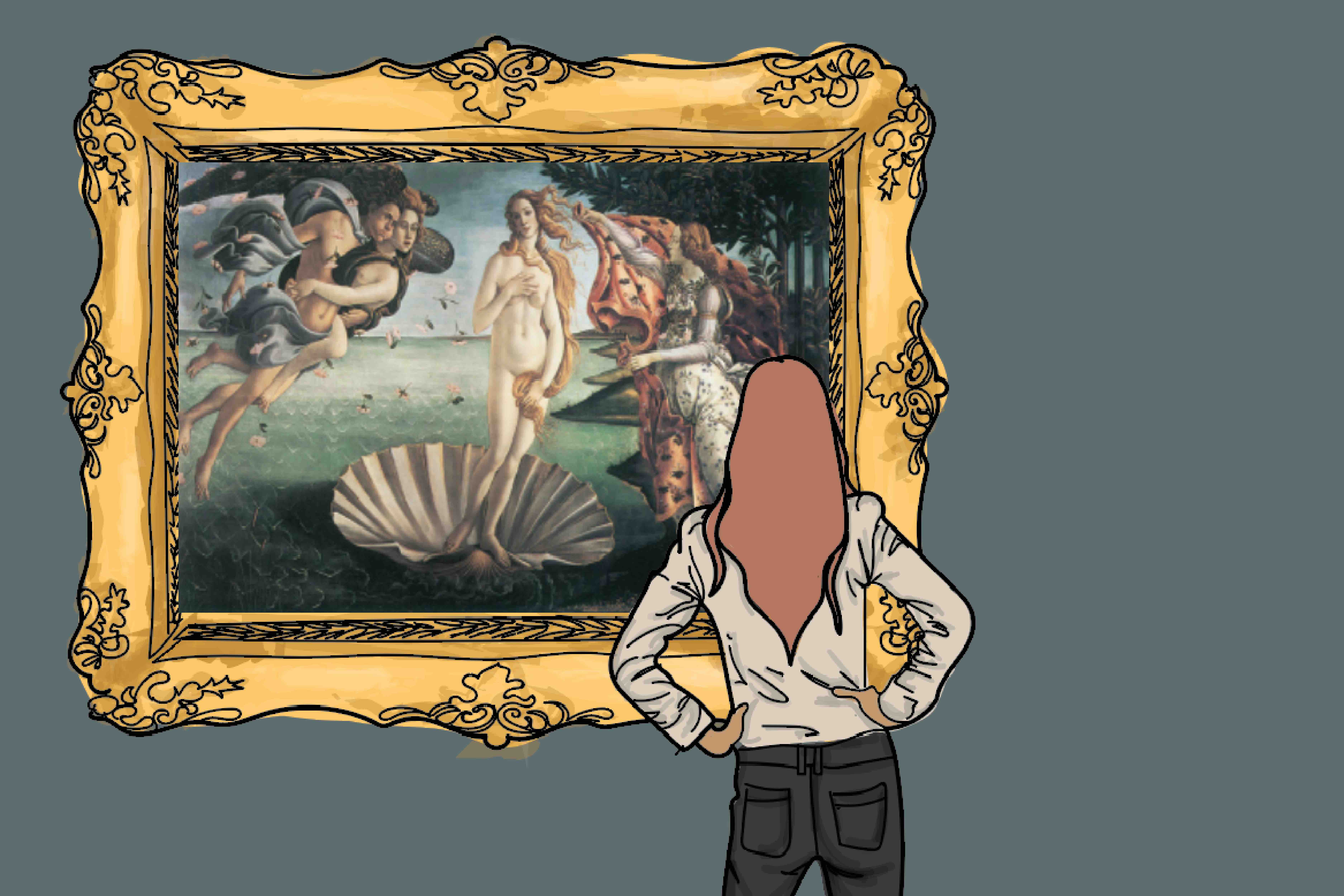One part of college academics that everyone loves to hate is the general-education requirements. Some colleges have more involved requirements than others. While one university might require students to take four classes and call it a day, another might require a long list of classes, which could take up to two years to complete.
Regardless, it’s a time like no other when you’ll find biology majors in your theater class or English majors in your calculus class. Although students, professors and even academic advisors will refer to taking these classes as “getting them out of the way,” the curriculum can be a unique opportunity to learn about something that you never thought you would be interested in before.
A commonly overlooked subject that often falls underneath the options for general education courses is art history. While it may seem like an absolute bore, there are many benefits to taking an art history course, whether or not it’s required.
Sure, as an art history minor myself, I may sound biased, but I did not enter college with any overwhelming interest in the subject. Instead, I decided to take up the minor only after taking a class in the subject as part of my general education requirement. Now I’m not saying that you have to go as far as declaring a minor in the subject, but here are five reasons why you should give art history a chance.
1. It’ll give you a more worldly perspective.
One of the main goals of colleges’ general education programs is to widen the lens of students’ worldviews. It’s important to be aware of and respect other cultures.
Believe it or not, learning about the art of other cultures is an amazing way to do that. Art can tell you a whole lot about how people see the world. Also, art history is a nearly endless topic. Once you learn a decent amount about it, you have a great new conversation topic to bring up.
2. You’ll get a lot better with names and dates.
Like any history class, you’ll likely be tasked with memorizing a lot of names and dates in an art history course. Luckily, since art is visual, memorizing the name of a painting won’t be as difficult as remembering the names of every battle of the Civil War in your U.S. History class.
This type of memorization may have the potential to strengthen your studying skills for other classes. Also, being able to point out the names of random pieces of artwork is just an all-around fun and impressive life skill to have.
3. You’ll learn about human history through art.
Some of the earliest instances of art were 30,000-year-old drawings discovered on cave walls in France. Really, it’s amazing to think that individuals expressed themselves through the creation of pictures, even during a time when survival was the main purpose of life. Since then, art has followed humans throughout history. Some art has intended purposes, such as jewelry for worship, while other artwork was made simply to be something to look at.
Regardless, art can teach us a lot about the human experience. It’s amazing to look at the evolution of art and determine how changing tools and materials changed the way humans lived. Art is an expression of feeling and therefore, art can show us the feelings of our ancestors. If you’re especially interested in general history, art history can give you an interesting perspective on time periods that you may already know quite a bit about
4. You’ll have a ton of facts to share.
Did you know that despite his worldwide fame now, Vincent Van Gogh struggled to make a living as an artist and really only began to rise in popularity after his death at age 37? Or that the reason why many ancient books have such fancy lettering is because there was a widespread fear of leaving empty spaces because humans feared that evil spirits could manifest in blank spaces?
These are just a few of the facts you could find yourself telling friends and family long after you take that final.
5. You’ll be able to see art in everything.
In the art history class I took, we studied a piece called “Fountain” by Marcel Duchamp. If you took the second to google it, you’ll probably be puzzled. “Fountain” is simply a urinal with a name and a date signed on the side, and yet it became an icon of twentieth century art. We heavily debated what makes something art before ultimately deciding that if you decide that something is art, it’s art.
Basically, if something can be modified to express an emotional feeling of the artist, it can be looked at as art. Following that revelation, you’ll be able to see art in everything, which can be a simple way to bring excitement and beauty out of any ordinary situation.
Whether you have always loved art or would rather take a math class, there is so much to learn and benefit from in taking an art history class. You’ll be able to tell your Monet from your Manet in no time.
















